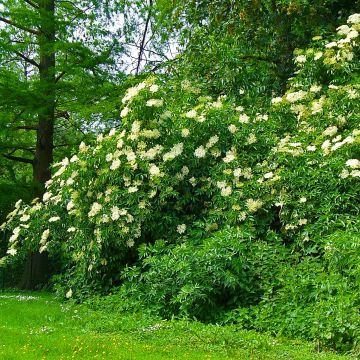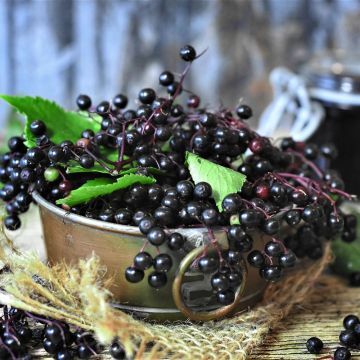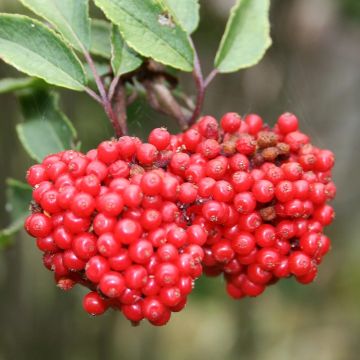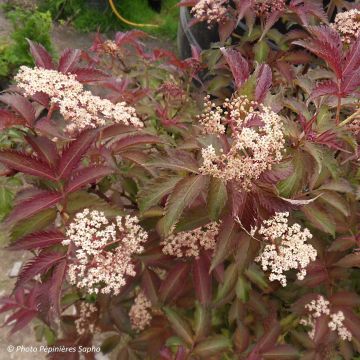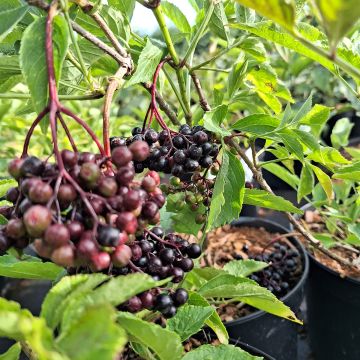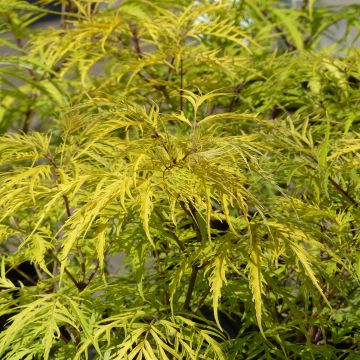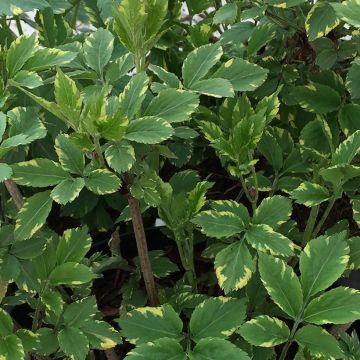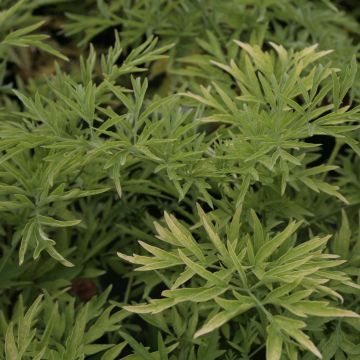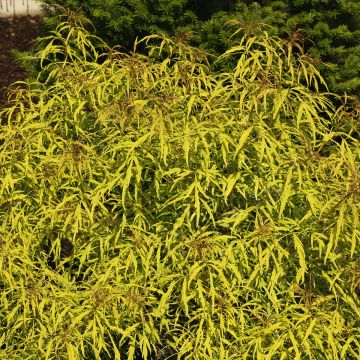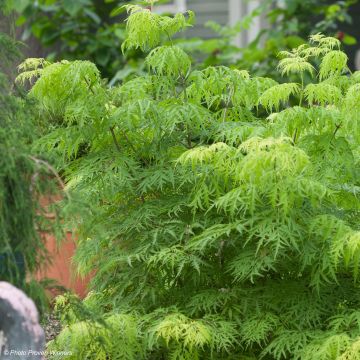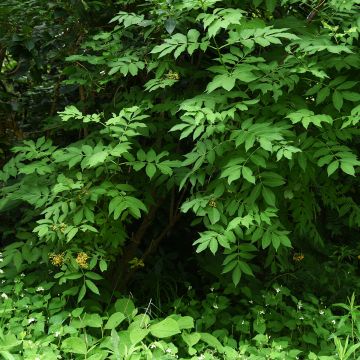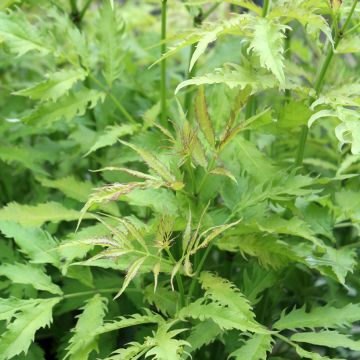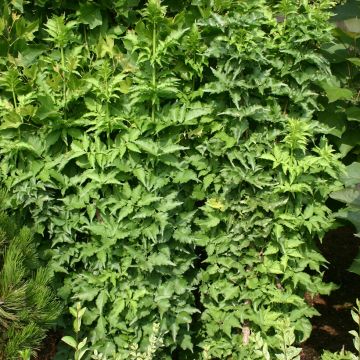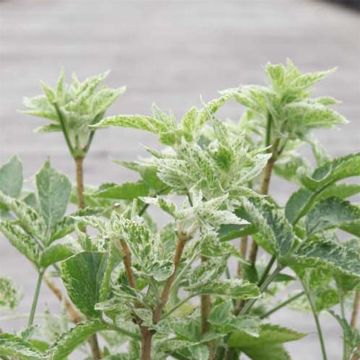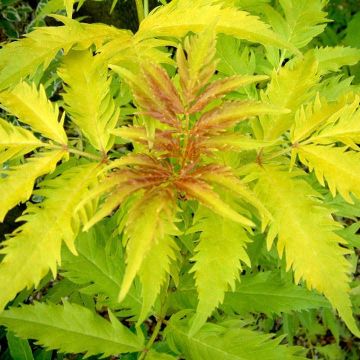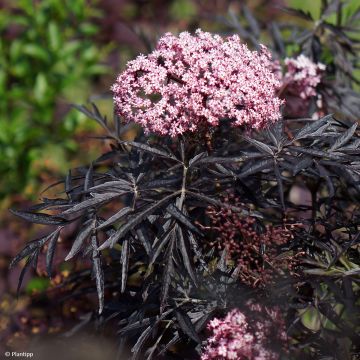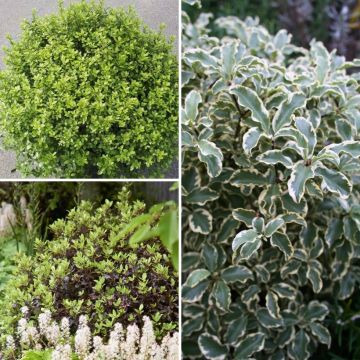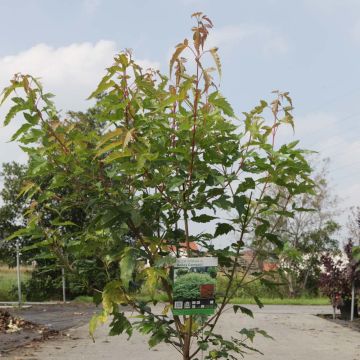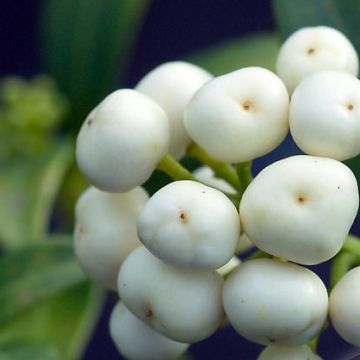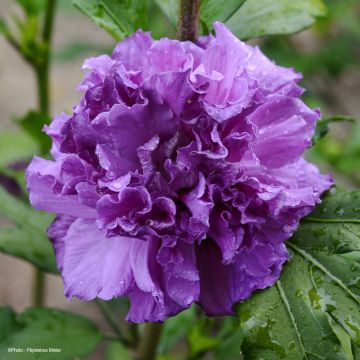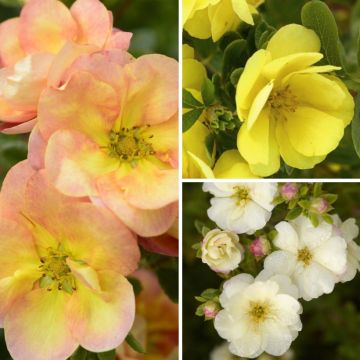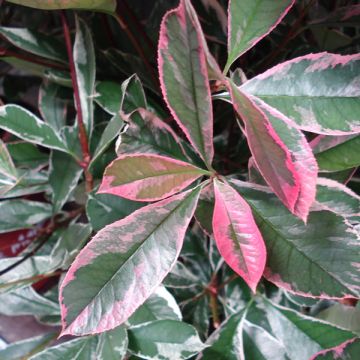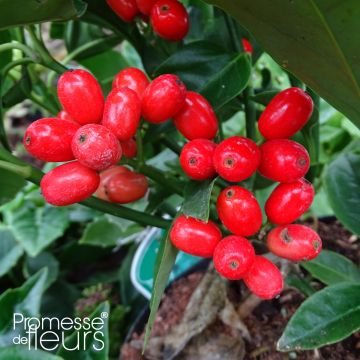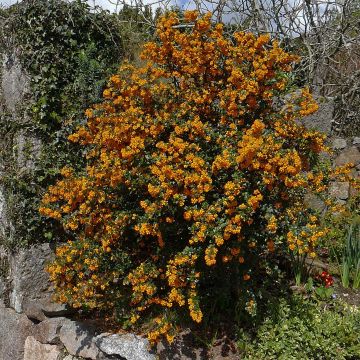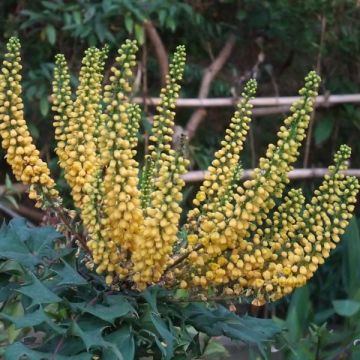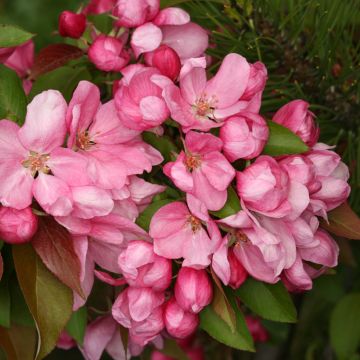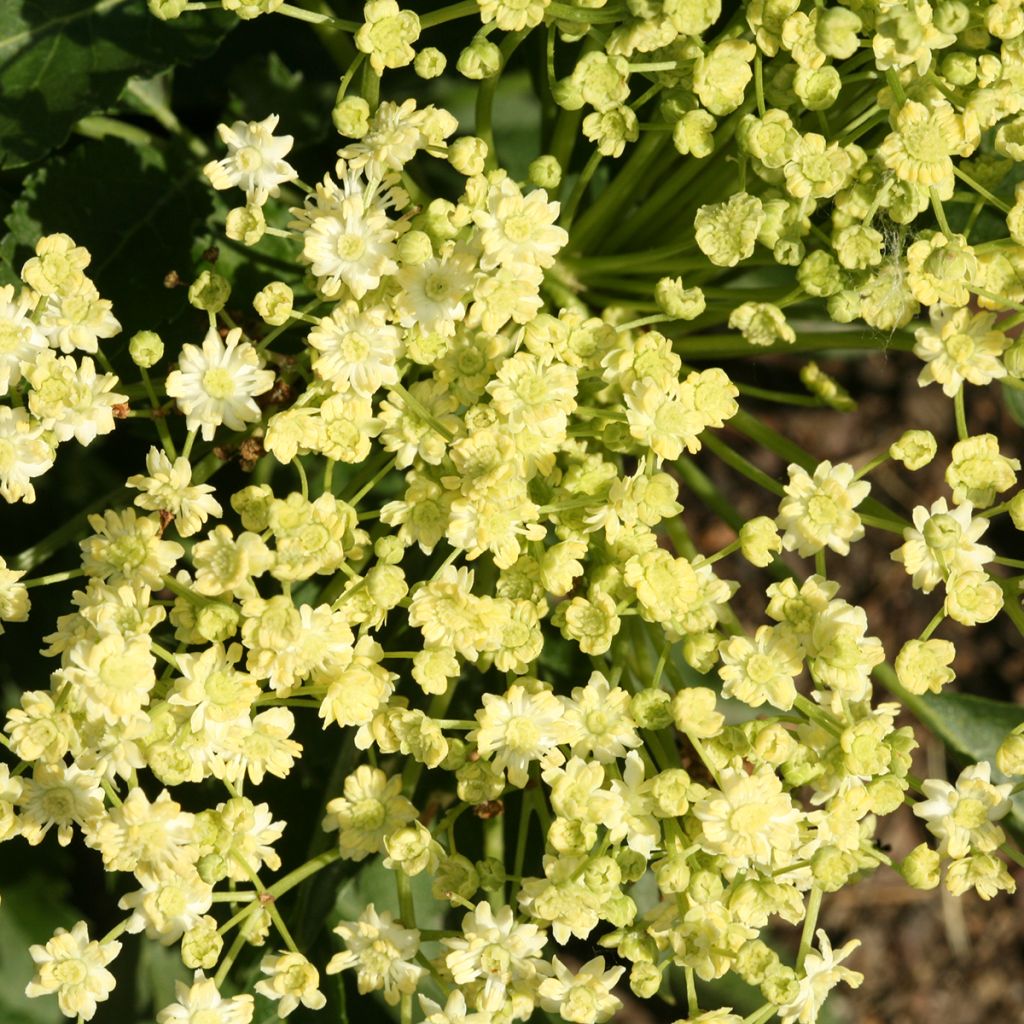

Sambucus nigra Monstrosa - Elder
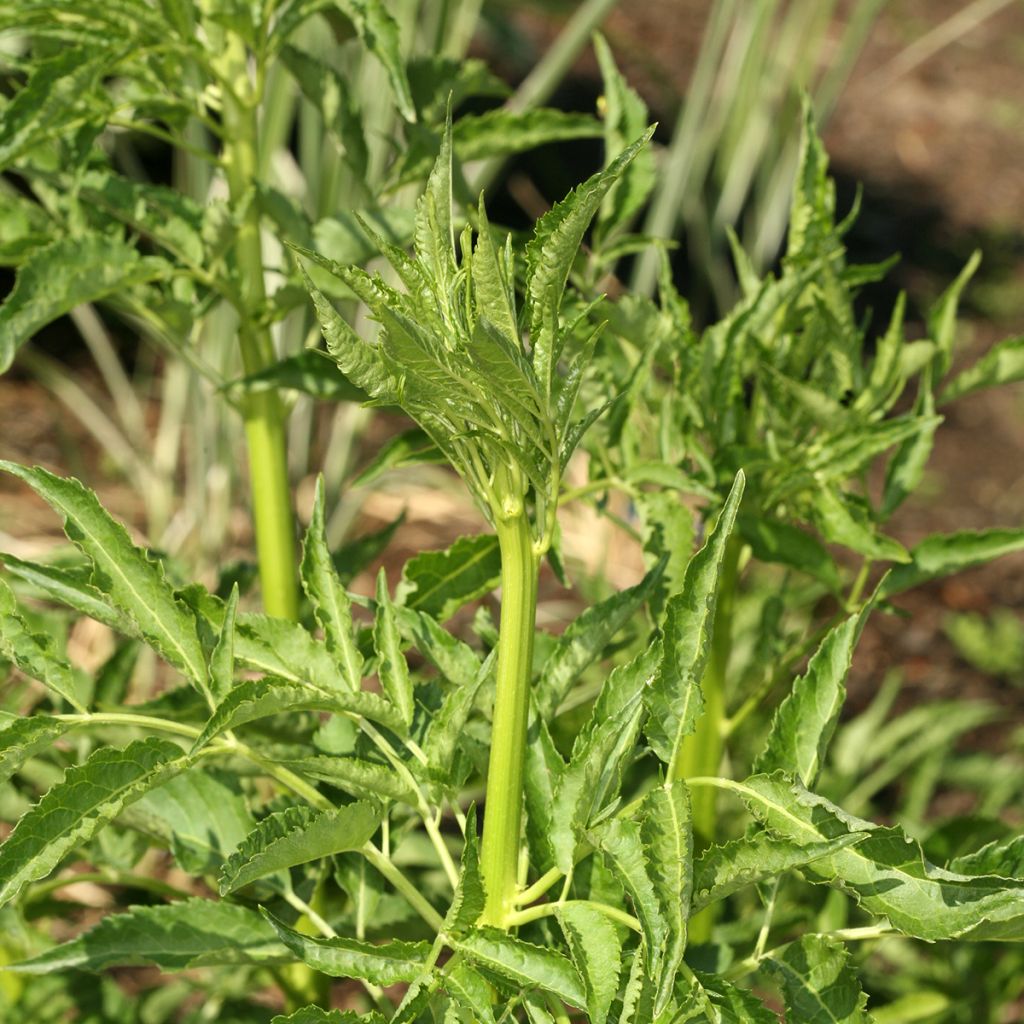

Sambucus nigra Monstrosa - Elder
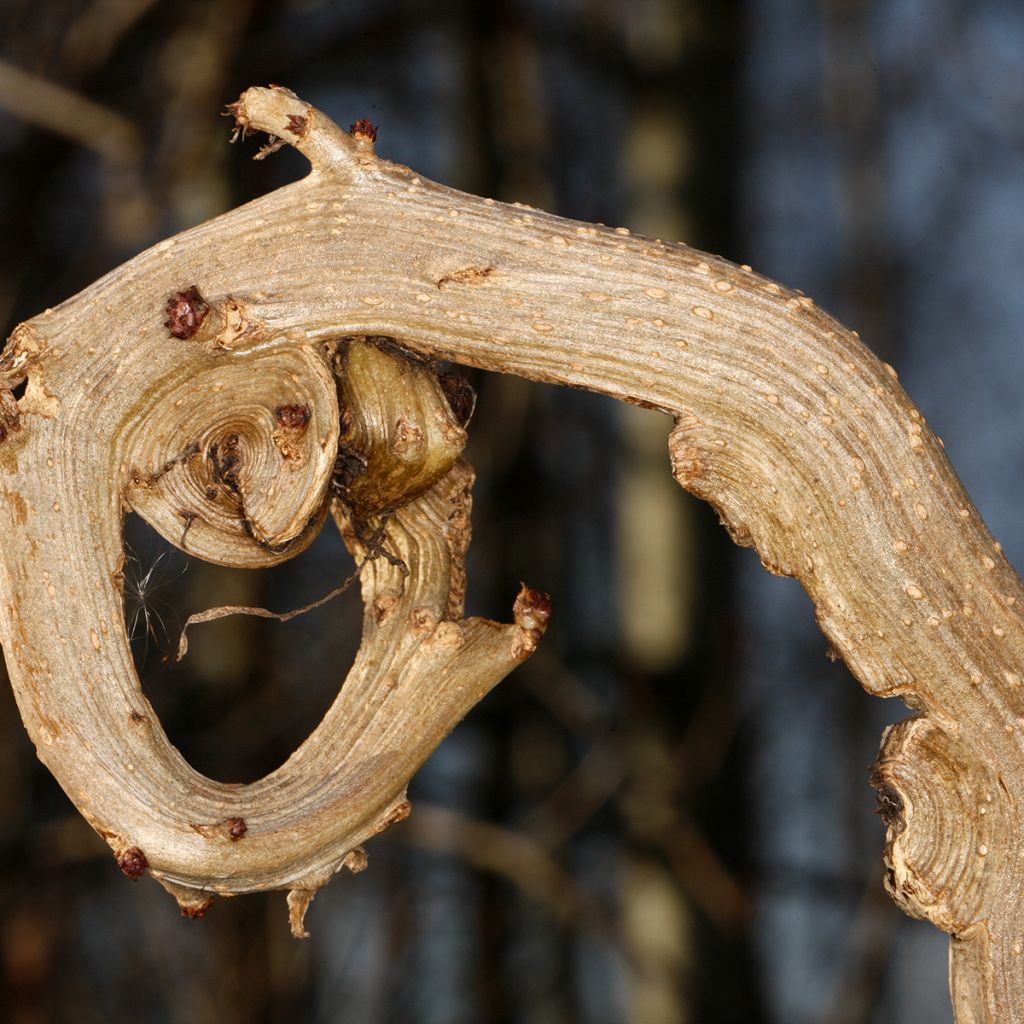

Sambucus nigra Monstrosa - Elder
Sambucus nigra Monstrosa - Elder
Sambucus nigra Monstrosa
Elder, Black Elder, European Elder, Elderberry
Why not try an alternative variety in stock?
View all →This plant carries a 24 months recovery warranty
More information
We guarantee the quality of our plants for a full growing cycle, and will replace at our expense any plant that fails to recover under normal climatic and planting conditions.
From €5.90 for pickup delivery and €6.90 for home delivery
Express home delivery from €8.90.
Does this plant fit my garden?
Set up your Plantfit profile →
Description
Sambucus nigra Monstrosa is a genetic variation of the Elderberry commonly found in the countryside, with a much more compact habit. This bush reaches a height of about 2m and has an irregular bushy growth, characteristic of the species. Its beautiful, dark green, finely cut foliage serves as a backdrop for the white flowering in May-June, made up of clusters of numerous small flowers. Its uniqueness lies in its woody stems with atypical growth, featuring branching axes, flattened and widened stems, and sometimes fused together stems. This "monstrous" aspect will delight enthusiasts of unusual plants.
The Monstrosa Elderberry now belongs to the Adoxaceae family (formerly Caprifoliaceae), like the Viburnum. It is derived from Sambucus nigra, a wild species found in Europe, North Africa, and as far as Asia Minor. The Black Elderberry is an opportunistic and highly adaptable wild species, widespread in open woods, hedges, fallow lands and coastal dunes, as well as in proximity to human settlements where it has coexisted for millennia. It is an undemanding shrub that can be easily grown anywhere.
Monstrosa is probably a spontaneous genetic mutation, selected for ornamental purposes. This genetic variation is characterised by the presence of fasciations, which are deformed stem bundles. The apical meristem, the upper part of the stem that normally grows upwards, giving it a more or less cylindrical shape as it ascends, develops abnormally in a different direction, here horizontally. The stem then widens, accommodating more leaves than usual. Sometimes, two stems can be fused along their length. The stems can also have abrupt curves, giving them a slightly tortuous appearance.
Being a deciduous shrub, its winter silhouette is particularly atypical, which will be interesting to all. Either you love this "monstrous" aspect, or you don't, it's not a plant that will please everyone!
Apart from this unique growth, which results in smaller dimensions (about 2m x 2m at maturity), the other characteristics are consistent with the classic wild species. The foliage consists of large odd-pinnate leaves (with an odd number of leaflets, ranging from 5 to 7), in a beautiful dark green, measuring up to 25 or 30 cm in length. The small white flowers are gathered in large clusters about a dozen centimetres in diameter. Resembling tiny daisies, they emit a light but pleasant fragrance and are loved by bees and other pollinators. They can be used in infusions to fight against urinary and respiratory infections. They then develop into pendulous clusters of blackish-purple fruits in late summer, berries greatly appreciated by birds. This Elderberry loves sunny locations but also tolerates partial shade. It can grow in most soils, except for excessively dry ones, but it prefers humus-bearing, deep, and moist soils. It is a nitrophilous species, therefore it thrives in nitrogen-rich soils.
Sambucus nigra Monstrosa will mainly appeal to collectors, enthusiasts of botanical rarities. They can associate it with Cryptomeria japonica 'Cristata', a Japanese conifer that exhibits crested growth, another genetic peculiarity resulting in the formation of "rooster's crests". These crests are formed by the fusion of several young shoots at their tips. The classic Corkscrew Hazel (Corylus avellana Contorta), with its unique winter silhouette of intertwined stems, covered with long yellow catkins in spring, will also find its place in a bed dedicated to botanical curiosities. To enjoy vibrant and original blooms, sow Crested Cockscomb Celosia in the foreground to animate your bed throughout the summer!
Report an error about the product description
Plant habit
Flowering
Foliage
Botanical data
Sambucus
nigra
Monstrosa
Adoxaceae (Caprifoliaceae)
Elder, Black Elder, European Elder, Elderberry
Cultivar or hybrid
Other Sambucus - Elder tree
Planting and care
The easy-to-grow Monstrosa elderberry can be planted in spring or autumn, in any ordinary, not too poor soil, although it prefers humus-rich, fairly deep, and not too dry soil. However, it tolerates periods of temporary drought quite well in deep soil, once it is well established. Plant it in a sunny location, or possibly in partial shade. Dig a hole 50 cm on each side and deep, and enrich it with equal parts of planting compost mixed with the existing soil. Soak the root ball in a bucket of water for fifteen minutes to ensure it is well saturated. Place it in the planting hole so that the top of the root ball is level with the existing soil, backfill around it, and then water thoroughly. Monitor watering during the first two years and make regular additions, especially in summer. This elderberry is hardy to approximately -23°C and requires little maintenance. With a moderate size, it generally does not need to be pruned, especially since the fasciated branches are one of its ornamental features.
Planting period
Intended location
Care
This item has not been reviewed yet - be the first to leave a review about it.
Hedge shrubs
Haven't found what you were looking for?
Hardiness is the lowest winter temperature a plant can endure without suffering serious damage or even dying. However, hardiness is affected by location (a sheltered area, such as a patio), protection (winter cover) and soil type (hardiness is improved by well-drained soil).

Photo Sharing Terms & Conditions
In order to encourage gardeners to interact and share their experiences, Promesse de fleurs offers various media enabling content to be uploaded onto its Site - in particular via the ‘Photo sharing’ module.
The User agrees to refrain from:
- Posting any content that is illegal, prejudicial, insulting, racist, inciteful to hatred, revisionist, contrary to public decency, that infringes on privacy or on the privacy rights of third parties, in particular the publicity rights of persons and goods, intellectual property rights, or the right to privacy.
- Submitting content on behalf of a third party;
- Impersonate the identity of a third party and/or publish any personal information about a third party;
In general, the User undertakes to refrain from any unethical behaviour.
All Content (in particular text, comments, files, images, photos, videos, creative works, etc.), which may be subject to property or intellectual property rights, image or other private rights, shall remain the property of the User, subject to the limited rights granted by the terms of the licence granted by Promesse de fleurs as stated below. Users are at liberty to publish or not to publish such Content on the Site, notably via the ‘Photo Sharing’ facility, and accept that this Content shall be made public and freely accessible, notably on the Internet.
Users further acknowledge, undertake to have ,and guarantee that they hold all necessary rights and permissions to publish such material on the Site, in particular with regard to the legislation in force pertaining to any privacy, property, intellectual property, image, or contractual rights, or rights of any other nature. By publishing such Content on the Site, Users acknowledge accepting full liability as publishers of the Content within the meaning of the law, and grant Promesse de fleurs, free of charge, an inclusive, worldwide licence for the said Content for the entire duration of its publication, including all reproduction, representation, up/downloading, displaying, performing, transmission, and storage rights.
Users also grant permission for their name to be linked to the Content and accept that this link may not always be made available.
By engaging in posting material, Users consent to their Content becoming automatically accessible on the Internet, in particular on other sites and/or blogs and/or web pages of the Promesse de fleurs site, including in particular social pages and the Promesse de fleurs catalogue.
Users may secure the removal of entrusted content free of charge by issuing a simple request via our contact form.
The flowering period indicated on our website applies to countries and regions located in USDA zone 8 (France, the United Kingdom, Ireland, the Netherlands, etc.)
It will vary according to where you live:
- In zones 9 to 10 (Italy, Spain, Greece, etc.), flowering will occur about 2 to 4 weeks earlier.
- In zones 6 to 7 (Germany, Poland, Slovenia, and lower mountainous regions), flowering will be delayed by 2 to 3 weeks.
- In zone 5 (Central Europe, Scandinavia), blooming will be delayed by 3 to 5 weeks.
In temperate climates, pruning of spring-flowering shrubs (forsythia, spireas, etc.) should be done just after flowering.
Pruning of summer-flowering shrubs (Indian Lilac, Perovskia, etc.) can be done in winter or spring.
In cold regions as well as with frost-sensitive plants, avoid pruning too early when severe frosts may still occur.
The planting period indicated on our website applies to countries and regions located in USDA zone 8 (France, United Kingdom, Ireland, Netherlands).
It will vary according to where you live:
- In Mediterranean zones (Marseille, Madrid, Milan, etc.), autumn and winter are the best planting periods.
- In continental zones (Strasbourg, Munich, Vienna, etc.), delay planting by 2 to 3 weeks in spring and bring it forward by 2 to 4 weeks in autumn.
- In mountainous regions (the Alps, Pyrenees, Carpathians, etc.), it is best to plant in late spring (May-June) or late summer (August-September).
The harvesting period indicated on our website applies to countries and regions in USDA zone 8 (France, England, Ireland, the Netherlands).
In colder areas (Scandinavia, Poland, Austria...) fruit and vegetable harvests are likely to be delayed by 3-4 weeks.
In warmer areas (Italy, Spain, Greece, etc.), harvesting will probably take place earlier, depending on weather conditions.
The sowing periods indicated on our website apply to countries and regions within USDA Zone 8 (France, UK, Ireland, Netherlands).
In colder areas (Scandinavia, Poland, Austria...), delay any outdoor sowing by 3-4 weeks, or sow under glass.
In warmer climes (Italy, Spain, Greece, etc.), bring outdoor sowing forward by a few weeks.

































